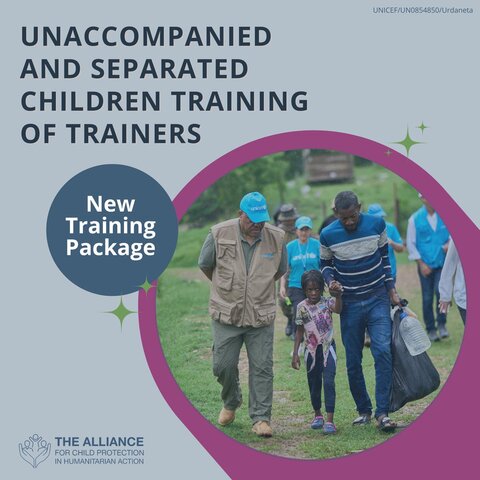The Unaccompanied and Separated Children Training of Trainers (UASC TOT) course is designed to prepare participants to facilitate training on unaccompanied and separated children (UASC). This training reinforces participants’ understanding of the specific needs of UASC, highlight good practice in working with unaccompanied and separated children under a protection framework, and provide participants the opportunity to apply learning so they can roll out training on UASC within their own organisation and to other stakeholders.
Aim and Objectives:
The aim of the UASC TOT is to prepare participants to be able to present information effectively, respond to questions, and lead activities that reinforce learning about UASC.
As a result of successfully completing the UASC TOT, participants will be able to;
- Define UASC and explain the international legal framework and mandates related to UASC
- Explain drivers and causes of separation and suggest key prevention actions
- Describe priority actions for UASC in emergency response and best practices in relation to coordination
- Describe how to conduct identification and other case management steps for UASC
- Describe alternative care best practices in emergencies
- Explain the process of family tracing, reunification, reintegration, and follow up for UASC
This training is aligned to the Field Handbook on Unaccompanied and Separated Children and the Addendum to the Field Handbook on Unaccompanied and Separated Children. Participants will be directed to relevant material from the Toolkit on Unaccompanied and Separated Children, the Primary Prevention Framework for Child Protection in Humanitarian Action, 2019 Minimum Standards for Child Protection in Humanitarian Action, the Child Protection in Humanitarian Action Competency Framework, and the Alternative Care in Emergencies Toolkit.

